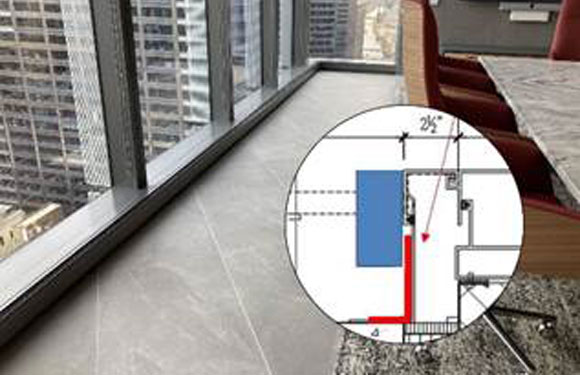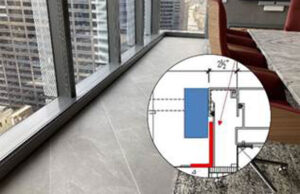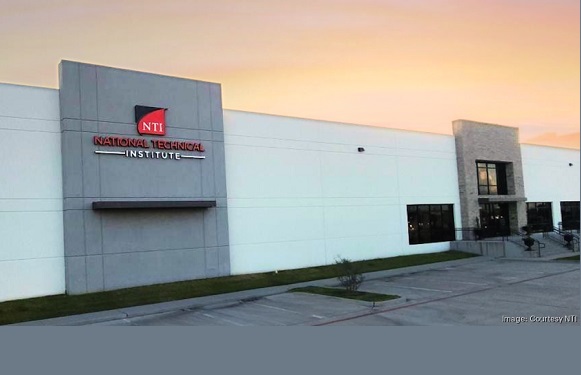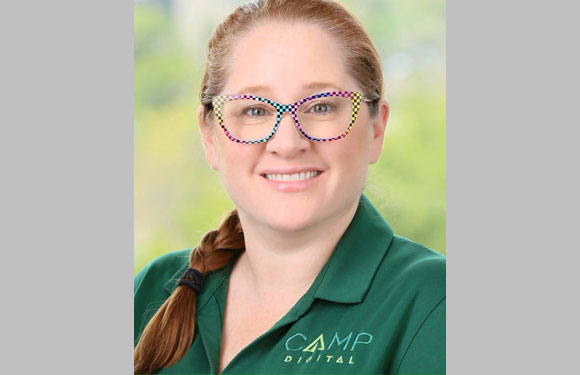
Commercial, Manufacturers
Custom Heater Design Enables Chicago Buildings to Deliver Floor-to-Ceiling Heat
While planning to install linear wall-to-wall convector heaters on a perimeter curtain wall at the 150 North Riverside Plaza high rise in downtown Chicago, the owner sought an effective way to maintain the aesthetic of the building without sacrificing floor space. Custom convection style heaters, along with a custom-shaped bracket developed by Thomas Sales & Marketing, a manufacturer’s representative of mechanical and electrical products, leveled the heater perfectly from the top of the windowsill to the preferred section of the wall, proving to be the game-changing solution.
 “Convector heaters use the natural air currents that circulate throughout the room and across the unit’s heating element to heat the space, ensuring that guests are met with warmth and comfort from the time they enter the building until they leave,” said Andrew Martin, manager of Product Management with Marley Engineered Products. “They are ideal for offices, hallways, lobbies, conference rooms, retail stores and other buildings with floor-to-ceiling windows.”
“Convector heaters use the natural air currents that circulate throughout the room and across the unit’s heating element to heat the space, ensuring that guests are met with warmth and comfort from the time they enter the building until they leave,” said Andrew Martin, manager of Product Management with Marley Engineered Products. “They are ideal for offices, hallways, lobbies, conference rooms, retail stores and other buildings with floor-to-ceiling windows.”
Installing Heaters without Sacrificing Floor Space
Located on the west bank of the Chicago River, 150 North Riverside Plaza features perimeter curtain walls that consist of floor-to-ceiling 12-foot windows. Although the client desired SLQDB Series convector heaters from Marley Engineered Products to be installed for elegant, supplemental comfort for heat loss and condensation prevention, the challenge came from the architectural nature of the project, as well as the need for available floor space in this 10-floor buildout. The client preferred not to see a pedestal mounted convector for aesthetic reasons, nor did they want to lose the six inches of floor space along the perimeter to a heater. Over the entire buildout, it would have resulted in more than 5,000 sq. ft. of lost space.
Another issue revealed itself when the heater could not be wall mounted to the curtain wall because it required drilling into the window mullion, which would have voided the warranty of the window system. Additionally, the level of the curtain wall and lower sill ranged between 6” and 10” constantly changed throughout the floor, and the heater needed to be mounted level with the windowsill and match the color of the curtain wall.
“The varying heights of the window system limited our ability to install the heaters directly where they needed to be,” said David Molk, co-owner of Thomas Sales & Marketing. “Therefore, we needed a custom design that enabled us to mount the heaters properly.”
ABCs of Bracketology: Which Shape is Best?
The solution was the development of a custom bracket with custom length heaters and colors, along with infield cutting/miters and the contributions of several electricians.
Designing the bracket proved to be the largest hurdle as multiple variations were created. The initial version was similar to that of a C-shape, however, after close review and evaluation between all parties, the final iteration was an L-shaped bracket with a custom color to match the curtain wall. This design ended up as the perfect solution because the brackets were ordered to the general height of that section of wall (6”-10”), leveled in field and fastened to the floor. The installer then marked and welded bolts to the bracket from which the heater was hung.
To make the installation work, the bolts had to be at the perfect dimension from the top of the windowsill down to a portion of the heater that did not impede any internal parts. On top of that, the holes in the back of the heater also had to match exactly with the layout of the bolts for everything to fit properly.
“David designed his own L-shaped bracket to attach to the floor and fit snuggly against the window mullion,” said Martin. “The convectors were then attached using bolts welded to the bracket, and everything was painted the same color as the window mullion, creating a clean, finished look and a true example of hidden heat.”
The success of the project resulted in a very happy customer. The general contractor was so pleased, in fact, that the installation method became the go-to standard convector buildout installation technique for the developer and was repeated at two more buildings in downtown Chicago: 110 N. Wacker Dr. and 320 S. Canal St.
About Marley Engineered Products®
Marley Engineered Products® is a leading North American designer and manufacturer of reliable comfort heating and ventilation solutions for residential, commercial and institutional buildings. Recognized by contractors, architects, engineers and HVAC professionals for providing a wide range of high-performance, reliable heating and ventilation solutions, Marley Engineered Products’ brands include QMark®, Berko®, Fahrenheat® and Leading Edge®.
Marley Engineered Products’ manufacturing operations are based in Bennettsville, S.C., with regional sales representatives located throughout the U.S. and an administrative office in Burr Ridge, Ill.
Additional information is available at www.marleymep.com.














